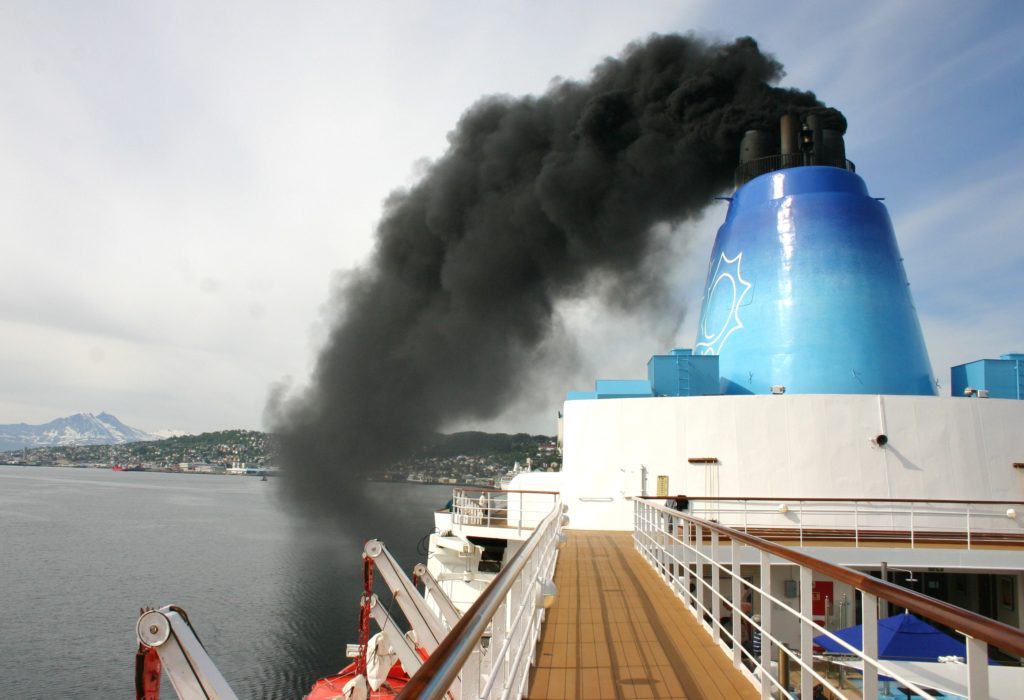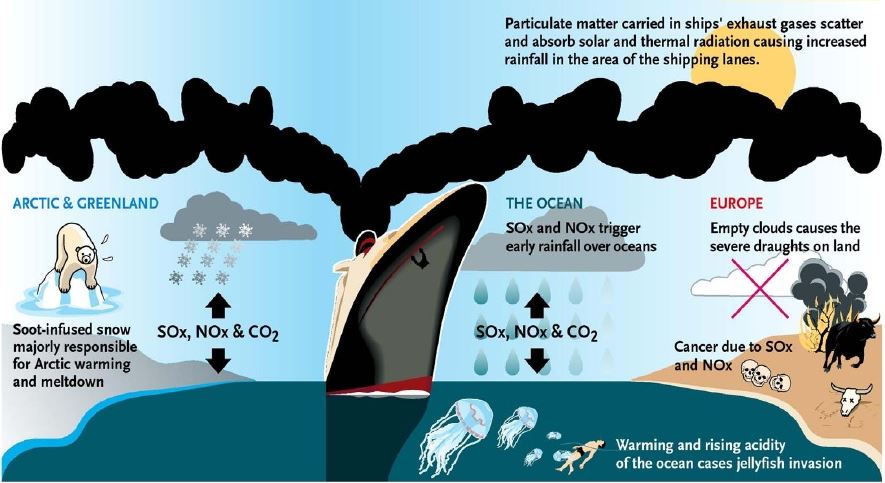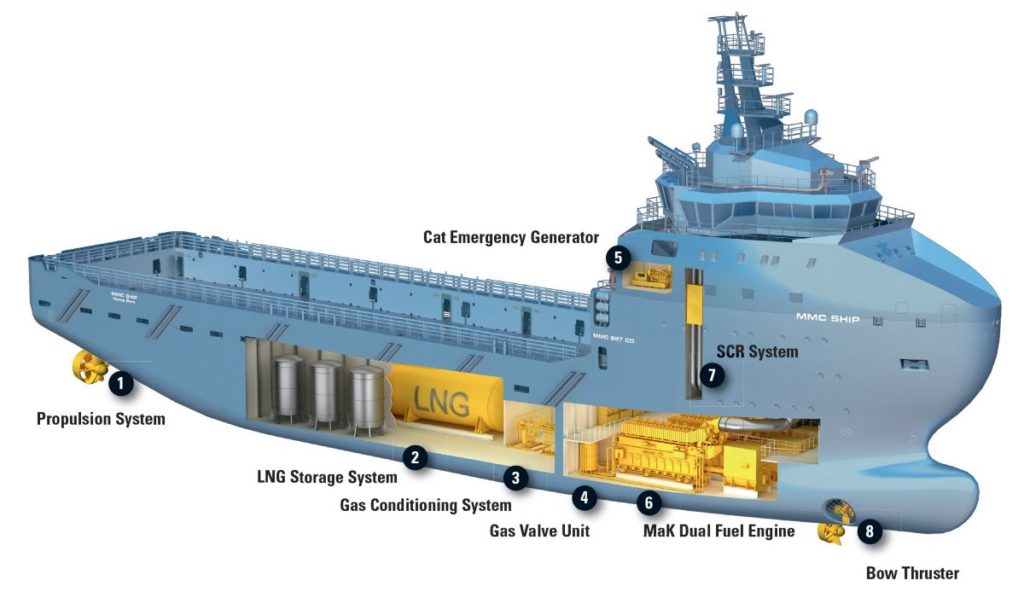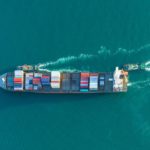
Introduction
More than 90% of global trade is done with ships. Marine transportation still has a steady growth rate of 4% p.a. This lead to the catastrophic level of air pollution around the world. The emission from the ships has long been considered as one of the major factors that contributing to this problem. Most of the research conducted by region, transportations considered as one of the primary contributors to the air pollution with average 25%.
As we know, most of the merchant ships are still using diesel engine. Like most engines, the fuel is burned inside the engine through the combustion process with the presence of air and ignition. The sulfur compound from the fuel became sulfur oxides and the nitrogen became nitrogen oxides after reacting with oxygen at certain pressure and temperature. These gases were released to the open air through the ship’s funnel.
What will happen to the environment?

picture source : DK Group
The high level of SOx and NOx can significantly influencing ecosystem health. SOx will oxides further through chemical reactions and forming sulfuric acid that eventually creates acid rain. Besides, these gases have adverse effects on the ozone layer in the troposphere, which resulting the greenhouse effect and may contribute to the global warming.
Rules and regulation
This problem was already recognised years ago, resulting stricter regulation in some area known as emission control areas (ECAs). International Maritime Organization (IMO) had laid down the MARPOL Annex VI in 1997. The EU has implemented these rules in their directives European Union 1999 and European Union 2012 for the North and Baltic seas, which known as sulfur emission control areas (SECAs). This means, any ships that trading into these areas must use fuel that contains not more than 0.1% sulfur. Outside SECAs, the allowed sulfur content in ship fuels is currently at 3.5% but it will be reduced to 0.5% starting on January 2020.
NOx are also regulated in MARPOL Annex VI. Since the year 2000 the NOx limits for new building ships has been set at 17gkWh-1 for low-speed engines or in simple word, the ships must use engines that comply with the IMO tier I regulation. The NOx regulation has been further revised in 2010 and 2016 respectively.
Future shipping emission

picture source : Caterpillar Inc.
In a report produced by Atmospheric Chemistry and Physics, it predicted that in 2030, about 6000 ships in North Sea will run on LNG, much cleaner fuel with zero emission of SOx. Ships that sail more than 50 % of the time in North and Baltic seas will preferably use LNG. Today, LNG is still considered expensive and the LNG infrastructures is still not built up to provide LNG to many ships. Another fuel option that can be consider is methanol. The comparison between LNG and methanol are still in debate.
Therefore, ship owners will prefer ow sulfur fuels and catalyst (SCR) or exhaust gas recirculation system (EGR) to comply with the rules. Some will use scrubbers only, if they do not have to comply with the Tier III regulations (older ships).
References
- International Maritime Organization, MARPOL Annex VI
- Atmos. Chem. Phys., 16, 759-776, 2016
- University of Utah, “The Air We Breathe”
Related Posts

Part time independent writer and podcaster from Sarawak, Malaysia.





